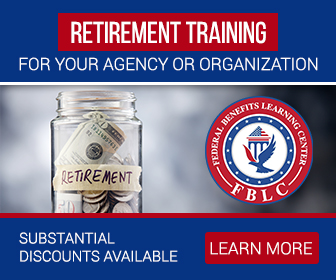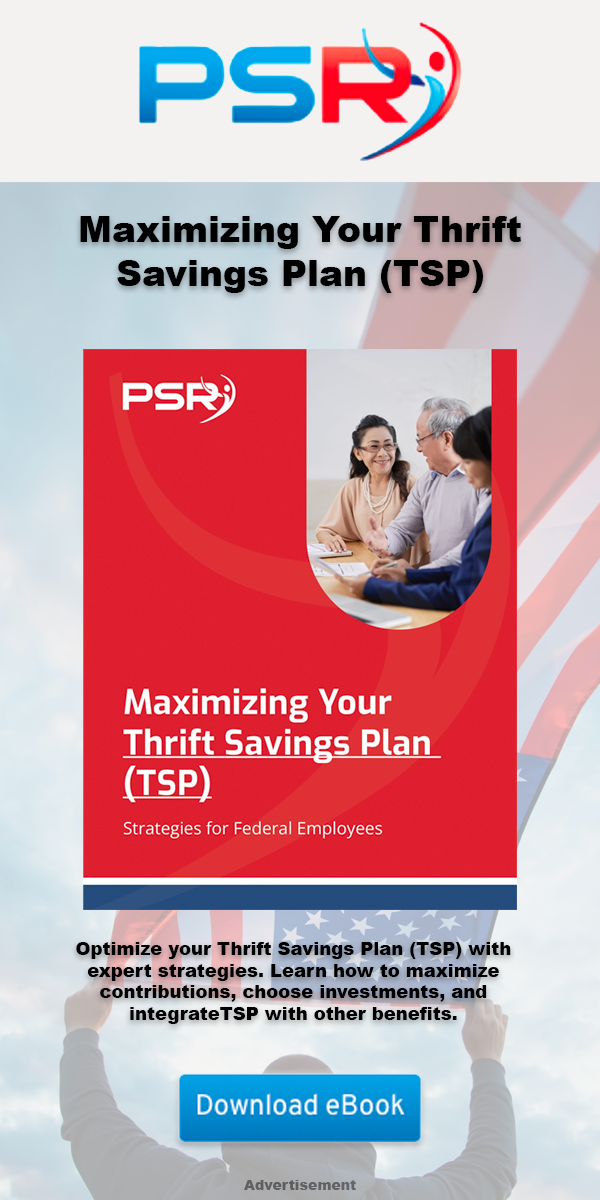Key Takeaways:
-
FERS offers a solid retirement package, but understanding how its three main components work together is crucial for federal workers planning their retirement.
-
With potential reductions and varying benefit options, federal employees need to take a deep dive into FERS to make the most of their retirement income in 2024.
FERS Benefits Aren’t Always Clear—Here’s the 2024 Breakdown for Federal Workers Thinking About Retirement
- Also Read: The Best FEHB Plans for 2025: Which One Fits Your Lifestyle and Budget the Best?
- Also Read: Special Retirement Options for FAA and LEO Employees: Are You Taking Advantage of What’s Available?
- Also Read: Federal Employee Benefits You Didn’t Know Could Give Your Wallet a Serious Boost in Retirement
This 2024 breakdown will help federal workers and retirees navigate the FERS system, ensuring they make informed decisions about their retirement.
The Three Components of FERS: A Quick Overview
The FERS system is built on three major pillars: the FERS pension, the Thrift Savings Plan (TSP), and Social Security. Together, they create a well-rounded retirement income stream, but each one works differently and must be managed properly to ensure maximum benefit in retirement.
-
FERS Pension: This is the civil service retirement annuity, calculated based on your years of service and salary. Although smaller than pensions offered under the old Civil Service Retirement System (CSRS), it remains an essential foundation of federal retirement.
-
Thrift Savings Plan (TSP): Similar to a private-sector 401(k), the TSP allows federal employees to save for retirement. The government matches contributions up to 5%, helping employees boost their retirement savings.
-
Social Security: Unlike CSRS retirees, FERS employees are fully covered by Social Security. This benefit, combined with the FERS pension and TSP, creates multiple streams of retirement income.
These three elements work together, but understanding how and when to access each one will determine how comfortable your retirement is.
The FERS Pension: What You Need to Know in 2024
Your FERS pension is determined by three main factors: your highest three years of salary (referred to as your “high-3”), your years of service, and a multiplier. In 2024, the multiplier remains at 1% for those who retire before age 62 and increases to 1.1% for those who retire at age 62 or later with at least 20 years of service.
Federal employees nearing retirement in 2024 should carefully review their years of service and ensure their high-3 salary is correct. Even small errors can lead to discrepancies in your pension calculations. It’s also important to understand that retiring before the Minimum Retirement Age (MRA) or without the required service years for an unreduced annuity can lead to significant reductions in your pension.
Early Retirement Options Under FERS
In 2024, the Minimum Retirement Age (MRA) for FERS participants ranges from 55 to 57, depending on your birth year. If you meet the MRA and have at least 10 years of service, you can retire under the MRA+10 provision. However, doing so will reduce your pension by 5% for every year you’re under age 62. This reduction can substantially impact your retirement income, so it’s critical to plan carefully if early retirement is on your mind this year.
For special category employees such as law enforcement officers (LEOs), firefighters, and air traffic controllers, earlier retirement is possible. In 2024, these employees can retire after 20 years of service at age 50 or after 25 years of service at any age, without facing reductions.
The Thrift Savings Plan (TSP): How to Maximize It in 2024
The Thrift Savings Plan (TSP) is an essential part of your retirement planning under FERS. As of 2024, the contribution limit for the TSP has increased to $23,000, with catch-up contributions for employees over 50 capped at $7,500. This brings the total possible annual contribution to $30,500.
Federal employees should contribute at least 5% of their salary to the TSP to take full advantage of the government’s matching contributions. Failing to do so means missing out on free retirement money.
TSP Investment Options
The TSP provides a range of investment options to suit various risk tolerances:
- G Fund: A low-risk fund that invests in government securities.
- F Fund: A bond fund.
- C Fund: A stock fund that tracks the S&P 500.
- S Fund: A small-cap stock index fund.
- I Fund: An international stock index fund.
- L Funds: Lifecycle funds that automatically adjust the allocation of your investments as you approach retirement.
In 2024, the TSP’s C Fund has continued to perform well, in line with stock market gains. Federal employees who are comfortable with market risk may consider allocating a greater portion of their savings to equity funds, while those nearing retirement may shift to more conservative options like the G Fund or a Lifecycle Fund that aligns with their retirement timeline.
Social Security: When to Claim It
As a FERS employee, Social Security is an integral part of your retirement income. You can begin claiming benefits as early as age 62, but this will result in a permanent reduction. Delaying benefits until your full retirement age (66 to 67, depending on your birth year) or waiting until age 70 can significantly increase your monthly check.
In 2024, the earnings limit for those claiming Social Security before full retirement age is $22,320. If you continue working while collecting Social Security and your income exceeds this threshold, your benefits will be temporarily reduced. For every $2 earned over the limit, $1 will be withheld from your benefits until you reach full retirement age.
Federal employees approaching retirement in 2024 should carefully consider when to start drawing Social Security. For those with strong TSP balances and sufficient pension income, delaying Social Security can result in a much larger benefit.
FERS Special Retirement Supplement
Federal employees retiring under FERS before age 62 may qualify for the FERS Special Retirement Supplement. This benefit is designed to bridge the gap between your retirement and the time when you become eligible for Social Security.
The Special Retirement Supplement is based on your estimated Social Security benefits and your years of service. However, in 2024, if you continue working after retirement, the supplement could be reduced or eliminated due to the earnings test. This makes it essential to consider how much post-retirement income you expect to earn if you’re relying on this supplement.
Health Insurance in Retirement: FEHB and Medicare Coordination
One of the biggest benefits for federal employees is the ability to carry Federal Employees Health Benefits (FEHB) into retirement. In 2024, to qualify for this, you must have been enrolled in FEHB for at least five consecutive years before retiring.
Upon reaching age 65, you’ll also become eligible for Medicare. Most retirees enroll in Medicare Part A (which is free), but many choose to skip Medicare Part B, which covers outpatient care, due to its premiums. FEHB provides comprehensive coverage that often makes Part B unnecessary for many retirees.
In 2024, FEHB premiums are increasing by 13.5%, making it essential for retirees to consider how this will impact their retirement budget. Careful coordination between FEHB and Medicare can help reduce out-of-pocket healthcare costs, but it requires strategic planning.
What to Do Before Retiring Under FERS in 2024
Retiring under FERS requires detailed planning. Before you make your decision, follow these key steps:
-
Review your retirement eligibility: Ensure you understand your service years and how they factor into your pension and retirement timing.
-
Estimate your retirement income: Use online calculators to estimate your pension, TSP withdrawals, and Social Security benefits.
-
Consider healthcare costs: Rising FEHB premiums and your eligibility for Medicare should be considered when planning your retirement healthcare budget.
-
Decide when to claim Social Security: Weigh the advantages of early claims against the benefits of delaying Social Security until full retirement age or later.
-
Plan your TSP withdrawals: Choose whether to take monthly payments, a lump sum, or an annuity based on your needs and retirement goals.
Planning Your Retirement with FERS in 2024
FERS offers federal employees a comprehensive retirement package, but maximizing its benefits requires careful planning. Understanding how your FERS pension, TSP, and Social Security interact, as well as managing healthcare costs, will ensure you have a secure and comfortable retirement.
With rising costs in 2024, it’s more important than ever to make informed decisions about your retirement. By taking control of your financial future now, you can confidently navigate the transition from federal employment to a well-deserved retirement.













